Dong Hoa Hiep ancient village (Cai Be district, Tien Giang province) is famous for its long history and culture. It was recognized as a National Monument by the Ministry of Culture, Sports and Tourism in 2017 and is one of three ancient villages in Vietnam selected by the Vietnam National Administration of Tourism (Ministry of Culture, Sports and Tourism) and the Japan International Cooperation Agency (JICA) to invest in developing a rural tourism model.
Dong Hoa Hiep ancient village currently has 7 ancient houses from 150-220 years old and 29 houses from 80-100 years old, 3 pagodas and 1 communal house over 100 years old. Of which, Ong Xoat ancient house is the oldest, built in 1818, and Thien Hoa ancient pagoda dates back to the late 18th century (located on the bank of Ba Hop canal, in Phu Hoa hamlet).
With the advantage of being located at the confluence of Tien River and Cai Be River, today Dong Hoa Hiep commune focuses on promoting the potential of labor, land, and agricultural -farmer-rural innovation industries, successfully building a model new rural area.
The commune has defined a specialized fruit orchard area of over 1,000 hectares, mainly growing durian, grapefruit... for high economic efficiency with a fruit output of nearly 22,000 tons per year.
In addition, the village develops traditional handicrafts such as making green rice, candy, rice paper, milk puffs, milling and processing food, etc., contributing to creating jobs and income for workers. Exploiting the tourism strengths of Dong Hoa Hiep ancient village is considered an important orientation associated with the Tien Giang river eco-tourism model and specialty fruit gardens.
Through that, Dong Hoa Hiep widely introduces to domestic and foreign tourists the charming river garden landscape and the unique cultural identity of a land that is a precious gem in the ancient Southern residential architecture.
On average, Dong Hoa Hiep welcomes over 150,000 domestic and foreign tourists each year. The Dong Hoa Hiep ancient village festival (usually held in mid-November every year) is an attractive highlight, welcoming tens of thousands of visitors.
The tourism potential of Dong Hoa Hiep ancient village has been awakened, creating jobs, increasing income, and ensuring social security in the locality.
Besides, many new advanced economic models have contributed to changing people's thinking, awareness and qualifications in the process of building new rural areas, advanced new rural areas and model new rural areas, which have been built and have had a widespread and effective influence.
A typical example is the model of "Agricultural tourism" in the direction of integrating multi-values (economy, culture, environment), with a scale of 30 hectares, with 58 participating households in An Loi and Phu Hoa hamlets.
In addition, the 7 typical ancient houses here also promote the image of the tourist destination through internet and social network applications with high efficiency. The model of "Durian production according to VietGAP standards, applying water-saving irrigation systems by remote control," with a scale of nearly 50 hectares and nearly 100 participating households in An Binh Dong, An Loi, Phu Hoa hamlets, not only helps to improve production efficiency but also protects the environment...
According to Secretary of Dong Hoa Hiep Commune Party Committee Vo Minh Nhut, the correct orientation of the Party Committee, government and people of Dong Hoa Hiep Commune to develop sustainable economy associated with awakening the potential of ancient village tourism in building new rural areas, model new rural areas and advanced new rural areas has brought about practical results; helping this land change after 50 years of liberation.
By the end of 2024, the average income per capita in Dong Hoa Hiep commune will reach 83.37 million VND/person/year; the multidimensional poverty rate will decrease to 0.66%; thereby helping Dong Hoa Hiep complete and be recognized as a model new rural commune by the end of 2024.
From the famous ancient village of Dong Hoa Hiep in the past to the model new rural commune today is a long period of time and a process of perseverance and efforts to overcome difficulties of the local government and people in the process of economic development and building a beautiful and rich homeland, Mr. Vo Minh Nhut shared.
On the launching day of the new model rural commune, Ms. Nguyen Thi Kim Loan, An Thanh hamlet, emotionally said that she realized that building a new rural area is the responsibility and right of all people, families, and people here, both public and private, voluntarily donating land to build traffic infrastructure, joining hands to build a new rural area in her homeland.
Coming to Dong Hoa Hiep during these historic April days, everyone is excited about the new appearance and vitality of the ancient village.
Smooth asphalt and concrete roads have replaced the muddy roads and alleys with stagnant water in the past; every house has green hedges and ornamental flowers, creating a green, clean and beautiful environment; the material and spiritual life of the people is increasingly improved./.
Source: https://www.vietnamplus.vn/tu-lang-co-tieu-bieu-nam-bo-den-xa-nong-thon-moi-kieu-mau-post1034705.vnp






















![[Photo] National Assembly Chairman attends the seminar "Building and operating an international financial center and recommendations for Vietnam"](https://vphoto.vietnam.vn/thumb/1200x675/vietnam/resource/IMAGE/2025/7/28/76393436936e457db31ec84433289f72)









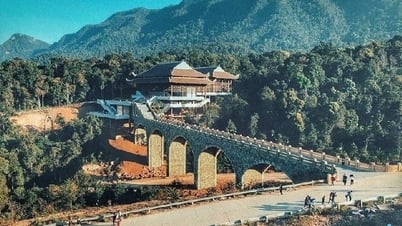

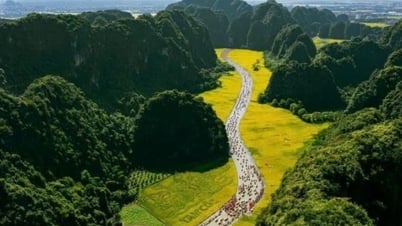

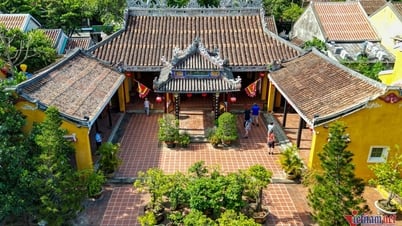

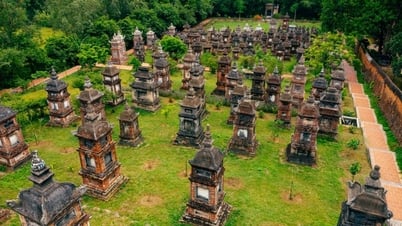

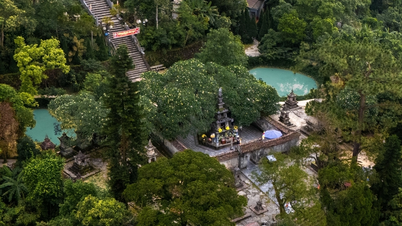


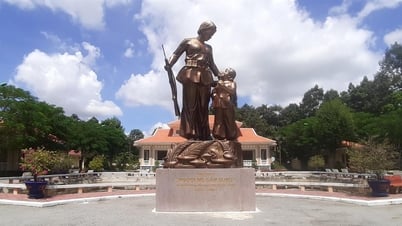
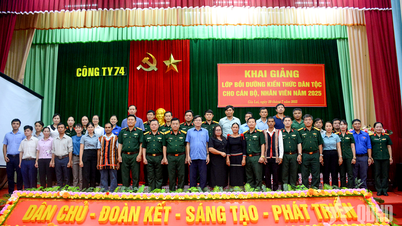






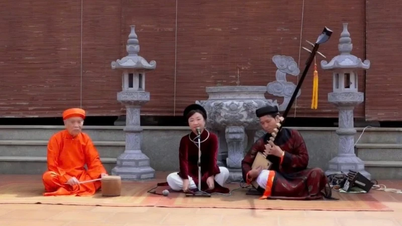



















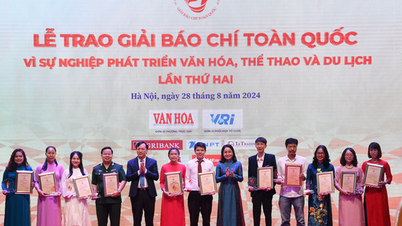























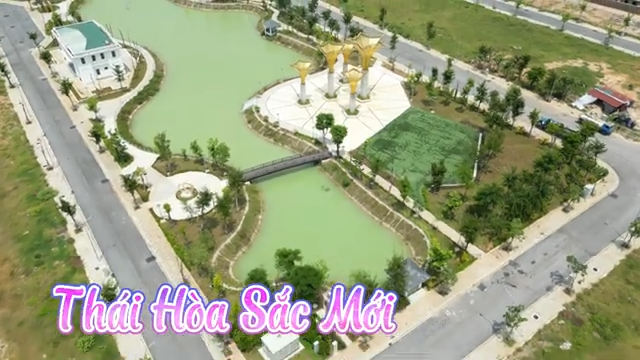



Comment (0)